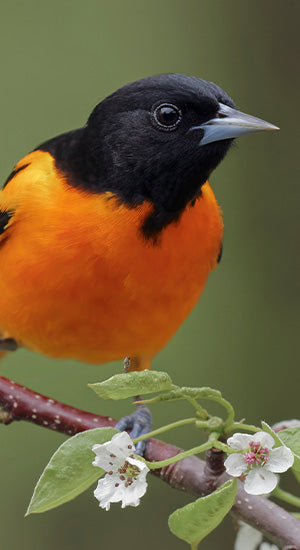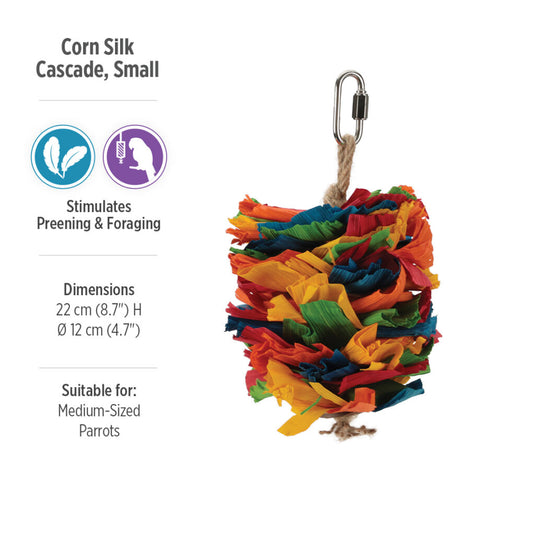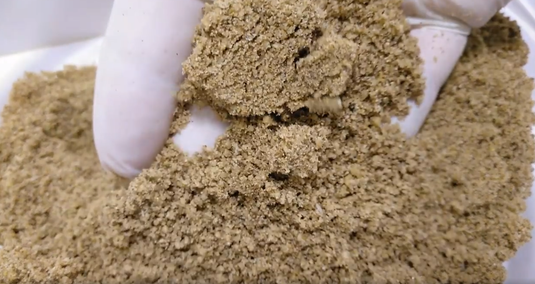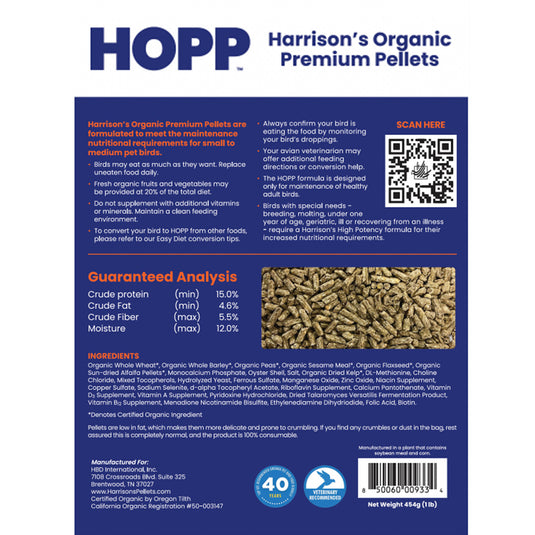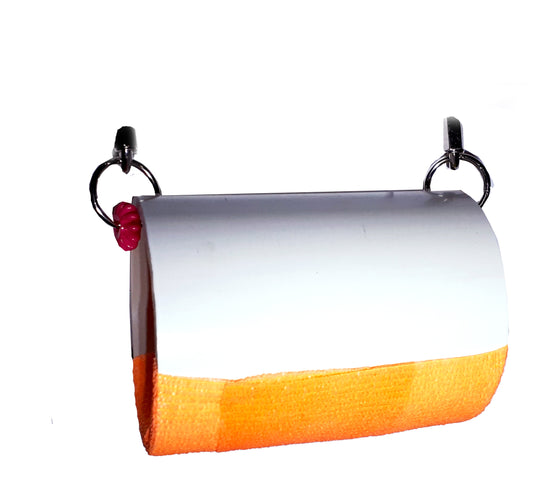
Hardy Marginal Water Pond Plants
- Floating Plants
-
Hardy Lilies
-
Hardy Shallow Water
- Oxygenators
- Lotus
-
Tropical Shallow Water
-
Laguna
-
Atlantic Pumps
Marginal plants are simply the aquatic plants found growing around the edges, or margins, of your water garden. These plants are just as important as oxygenating plants for healthy pond life. Native flowering marginals are good for attracting flying insects, while their foliage will give aquatic wildlife shelter and good hiding places for laying eggs. Marginal plants usually have their soil and crown underwater, and sometimes their lower foliage as well. They are generally placed on planting shelves within the pond. In order to be considered a true marginal pond plant, the variety must be able to tolerate waterlogged soil or water over its crown all year. A plant which will tolerate permanently moist soil but will not tolerate water over its crown or foliage, is considered a marsh plant.
While they’re essential to help disguise the edges of ponds, marginals are also important when it comes to thinking about the design of your planting scheme. To create a natural-looking pond, a good selection of marginal plants is very important. There are hundreds of varieties to choose from and they come in all shapes, sizes, textures, and flower colours. Look at your pond in the same way as a border and consider how plants will work together – for example as part of a colour scheme, or for textural contrasts. And it’s not just wildlife ponds that benefit from marginals – they’re important for adding height and contrast in formal ponds too.
Attractive and Beneficial
Other than just adding beauty and naturalization, marginal plants also serve many other purposes in the water garden. They add valuable filtration to the pond and they remove elements that would otherwise feed algae. They attract and provide cover for wildlife, and you can also select from among many different hardy or tropical varieties.
In an ecosystem pond, marginal plants are generally placed directly into the gravel. This lets them thrive naturally and filter the water more effectively. Certain plants like thalia, bulrush, and reeds can be problematic and may even damage the pond liner. You should either avoid planting them altogether, or plant them in an aquatic pot, surrounding the pots with rocks and gravel to maintain the natural look of the pond.
Streams are another great place for marginal plants. Again, they provide valuable filtration as the water flows past their roots. They also soak up additional nutrients, minimizing algae problems. Just picture the last time you saw a stream in nature and all the wonderful plants growing in the water along its edges. That’s the look you want to create.
Planting Considerations
Start by selecting the proper plant for the water depth, sun exposure, and location. Water depth is an important consideration when it comes to choosing aquatic plants. More specifically, the concern is with how much water a plant will tolerate above its crown. For this reason, most marginals are planted on the first shelf of the pond. Select plants of different heights, foliage types, and flower colours to create a pleasing mix.
Marginal plants usually come with planting depth recommendations. A plant with a recommended planting depth of 0 – 4 inches, should be grown anywhere from waterlogged soil (0 inches) up to 4 inches of water over its crown. Having less water than this does not usually matter, as long as the soil is not allowed to dry out, but you should not plant a plant in deeper water than the recommended maximum.
After selecting the plants, it’s time to place them in the pond. Start off by washing away most of the soil from around the root system. You don’t want to disturb the root system of the plant, so be careful and avoid removing too much. Once the soil has been removed from the plant, push the gravel back and place it in the pond, filling the gravel back in around the root system.
The same process can be used for planting in a stream – carefully selecting aquatic plants that like or tolerate the stream’s moving water. Not all marginal plants can thrive in moving water.
Special Care for Aggressive Plants
If the plant you decide to use is overly aggressive, you should consider leaving it in a pot to help contain the spread of the roots. Remember, most aquatic plants prefer width over depth in their respective growing areas so give them plenty of room to spread out. Many marginals are shallow-rooted, therefore depth is less of a factor than surface area.
To plant, fill the hole-less aquatic pot with 2-3” of heavy topsoil, placing the fertilizer in the bottom of the pot. Unlike the marginals you planted in the gravel, you will need to fertilize these plants as they are not as effective at drawing nutrients from the pond because their roots are contained by the pot.
Finish filling in around the plant’s roots with heavy topsoil. Then fill the pot to within one inch of the top, firmly pack the soil, and cover it with a ½ to one-inch layer of gravel. Remember, when you’re done, the gravel level should be about even with the previous soil level.
Maintenance
Taking care of marginal plants in an ecosystem pond is fairly simple. Remove any dead, discoloured, or excess plant material as needed. Marginal plants (unless they are in pots) do not need to be fertilized, as they will flourish from the nutrients in the pond.
For winter care, simply cut the plants back to two or three inches above the water level of the pond. In the spring, remove all dead plant material. And remember, the growth of plants that are directly in the gravel is not restricted – they will need to be thinned so they don’t engulf more of the pond than originally planned.

Shipping & Product FAQ's
YES! We ship and pack all orders in house & use recycled packing materials!
Shipping costs will apply and are calculated at checkout based on the total weight of your order.
We do not add extra fees to our shipping and the rates are purely cost recovery. You pay what we pay.
Most shipping to Ontario or Quebec takes 2 - 3 business days once the order has been processed and packed.
Orders for in stock items are packed same day! Deliveries are picked up Monday - Friday mornings by our couriers.
To see our detailed detailed breakdown of delivery times by location please refer to our Shipping Policy Timetable.
Pre-Order: This item is coming soon! Pre-ordering reserves your spot so you’ll receive it as soon as it’s in stock.
Special Order: This item isn’t part of our regular inventory and is ordered just for you after purchase. Delivery times vary and depend on supplier availability.
Yes, we can ship birds seasonally. Typically May 15th - October 30th.
**We will NOT ship birds outside of Canada.**
Weather that day will be factored in as we will not ship birds if the temperature exceeds 25C at any point during travel.
Shipping costs start at $350 via WestJet. Shipping costs are subject to change, and all shipping is at the discretion of Exotic Wings and Pet Things Inc.
Check out our full FAQ's we have a very extensive selection of FAQ's at categories to hopefully answer any question you have!
Subscribe To Our Newsletter
Keep up to date with store news, sales & events, and never miss another blog post!

Best Serving You By Appointment.




